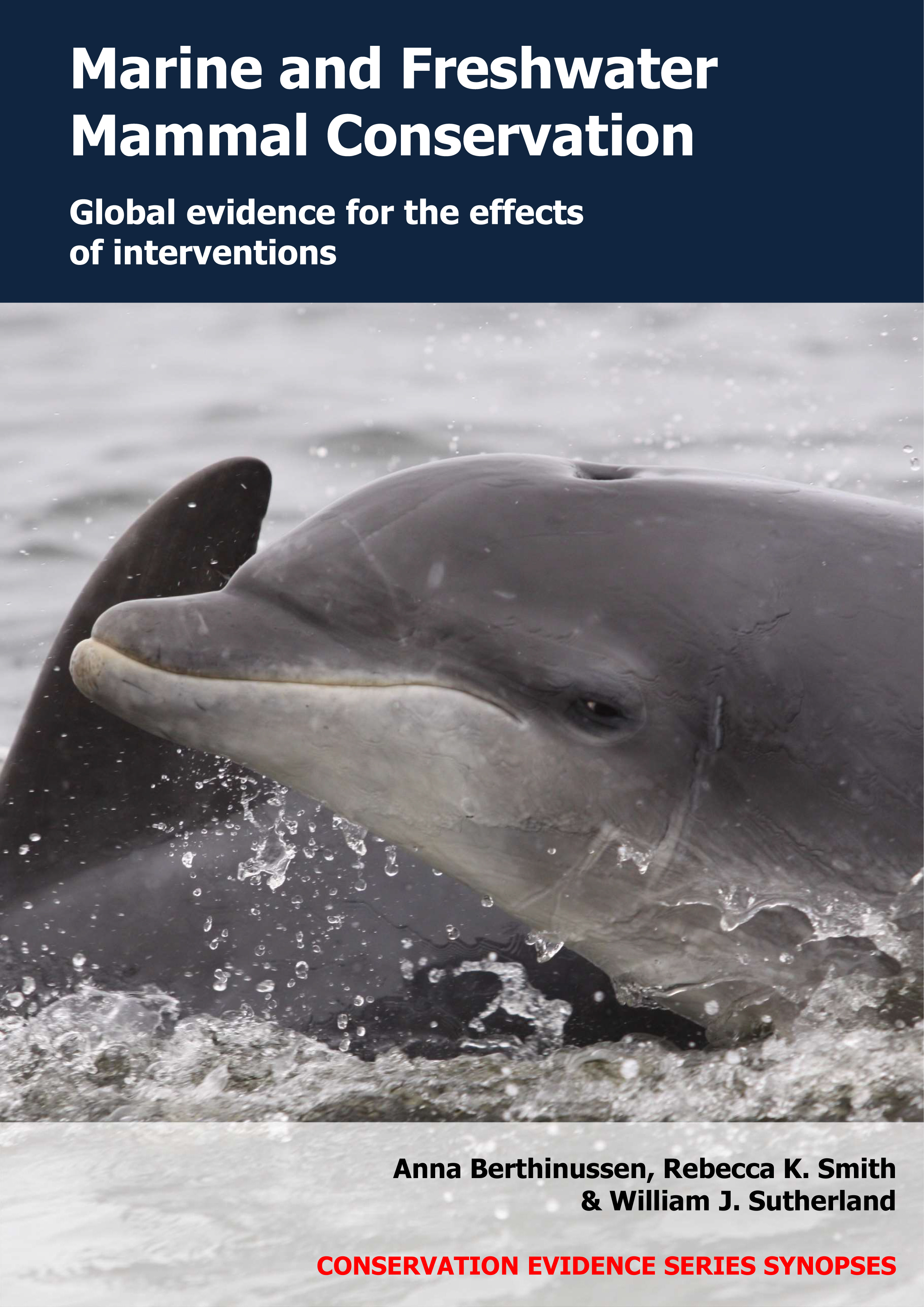Background information and definitions
Ballasting is the process by which sea water (ballast water) is taken out of the ship when at port or at sea. Ballast water can contain species from other locations taken up during water intake, which are then accidentally released in a new environment during de-ballasting (water release). Ballast water is one of the major processes of introduction of invasive or problematic species, including those that form harmful algal blooms (Barry et al. 2008, Molnar et al. 2008). Treating ballast water before release may reduce the risk of accidentally introducing invasive and problematic species. This may involve using filters, oxidizing or disinfecting chemicals, or ultraviolet radiation. However, some treatments may have toxic effects (Werschkun et al. 2014).
See also Limit, cease or prohibit ballast water exchange in specific areas.
Barry S.C., Hayes K.R., Hewitt C.L., Behrens H.L., Dragsund E. & Bakke S.M. (2008) Ballast water risk assessment: principles, processes, and methods. Ices Journal of Marine Science, 65, 121–131.
Molnar J.L., Gamboa R.L., Revenga C. & Spalding M.D. (2008) Assessing the global threat of invasive species to marine biodiversity. Frontiers in Ecology and the Environment, 6, 485–492.
Werschkun B., Banerji S., Basurko O.C., David M., Fuhr F., Gollasch S., Grummt T., Haarich M., Jha A.N., Kacan S., Kehrer A., Linders J., Mesbahi E., Pughiuc D., Richardson S.D., Schwarz-Schulz B., Shah A., Theobald N., von Gunten U., Wieck S. & Höfer T. (2014) Emerging risks from ballast water treatment: The run-up to the International Ballast Water Management Convention. Chemosphere, 112, 256–266.






)_2023.JPG)














